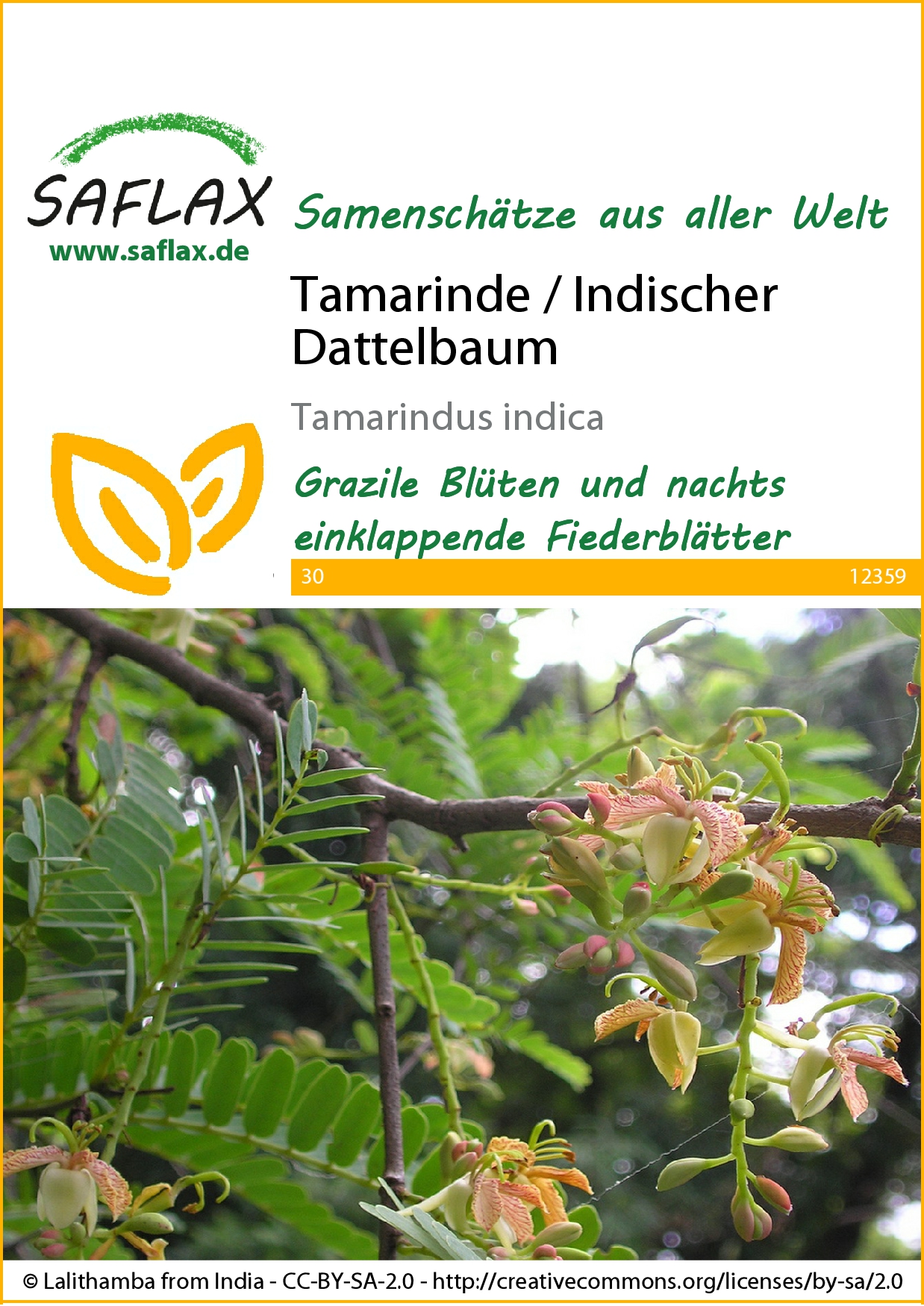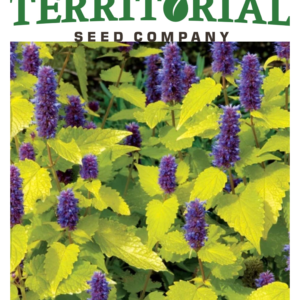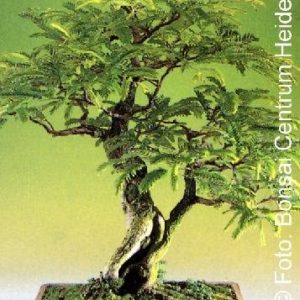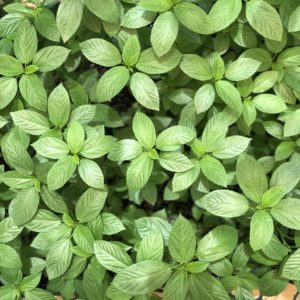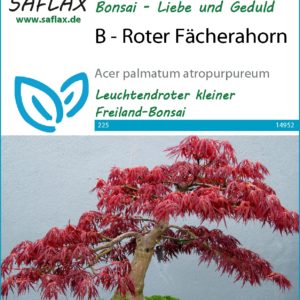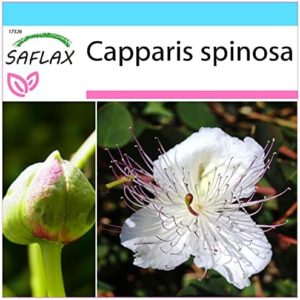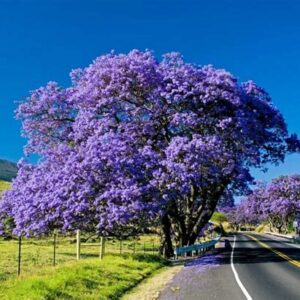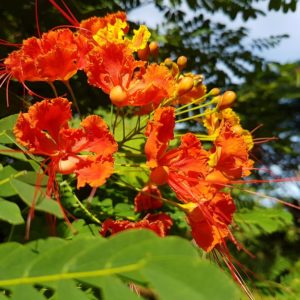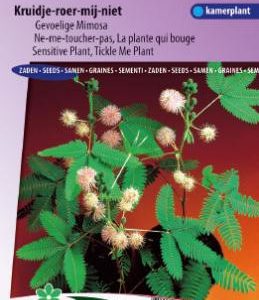Tamarind Indian Date Tree
1,950 د.ك
The tamarind tree, also known as sour date and Indian date (tamra = date and Hindi = Indian), is an evergreen tree with a gray-black bark. The bark of young twigs is hairy. Its elongated leaflets are folded up at night, but do not respond to touch. The flower buds are red. The inflorescence has light yellow sepals and three yellow petals with red markings and a green border. The stamens that have grown together in the lower half are only present in the three fertile stamens. The cinnamon-colored pods or pods of the tamarind tree that emerge from the flowers are called tamarinds. The tamarind pulp, which is rich in tartaric acid, is often used in Indian, South American and African cuisine as a condiment and in chutneys.
Natural location
The home of the tamarind tree is in East Africa. From there it reached India and spread as a useful crop in the drier areas of the tropics and subtropics in South and East Asia.
Cultivation Indoor
cultivation is possible all year round. First place the seeds in a bowl for 12 hours, which you fill with water at room temperature. This procedure increases the germination capacity. Then sink the seeds about half a centimeter deep into potting soil, which you moisten well beforehand. Cover the cultivation vessel with cling film, which you have provided with holes. This protects the earth from drying out. Every two to three days you should remove the film for 2 hours. This prevents mold from forming on the potting soil. Place the cultivation vessel in a light and warm place with 20 to 25 ° Celsius and keep the cultivation soil moist, but not wet. Germination then takes place very quickly after 10-14 days.
Location
The tamarind tree loves full sun locations. He can also spend the summer well outdoors in full sun.
Care
The water requirement of the tamarind is rather low. Always keep the plant slightly moist, but avoid waterlogging or residual water in the saucer. From April to October we recommend a supply of potted plant fertilizer every three to four weeks. If there is insufficient water supply, the plant sheds its leaves in order to minimize evaporation. Since the tamarind grows quickly and develops deep roots, we recommend choosing a larger pot.
Winter
Young tamarinds are very sensitive to cold. Older specimens, on the other hand, can also tolerate slight minus degrees and can therefore remain outdoors as long as no frosts are expected. So that the actually evergreen trees do not shed their leaves, they should be overwintered in a bright light at at least 15 ° Celsius. Due to the lower light intensity, however, leaves can still be shed. In this case, water less.
Bonsai
yes
غير متوفر في المخزون


